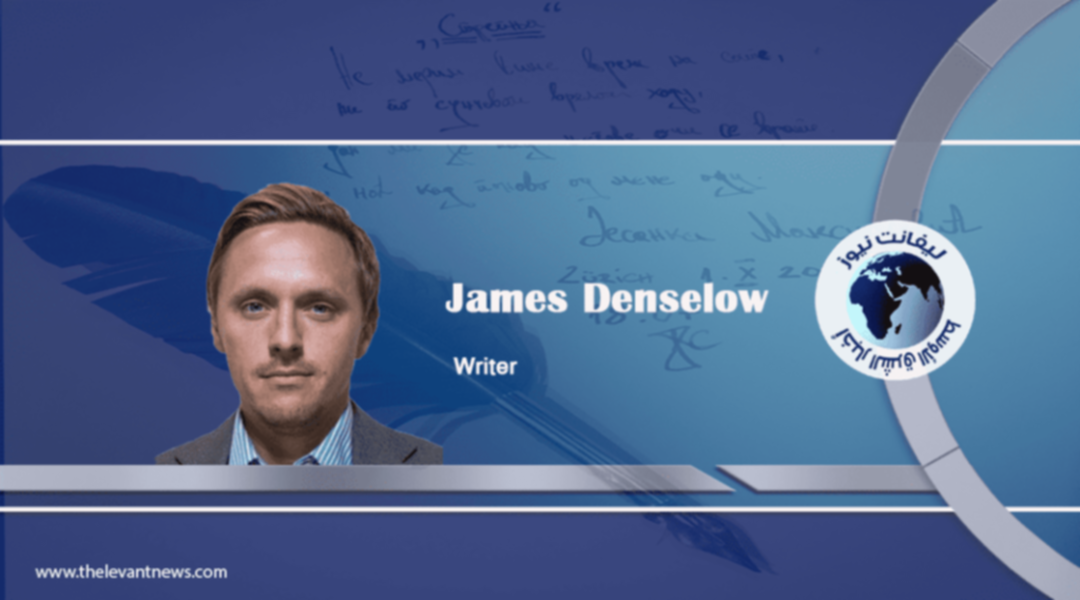-
Eastern Europe at Boiling Point

Cynics describe the continued use of Russian military build-up and exercises as a ‘stunt’ designed to force opponents to the negotiation table and to push back on the possible accession of Ukraine into NATO. Earlier this year a similar series of events happened that deescalated following a Biden-Putin meeting and we shouldn’t rule out the same thing happening again. Yet seasoned US military observers have explained that Russian isn’t ‘sabre rattling’ but has actually got their swords out and could be poised to act.
The Washington Post reported leaked US Intelligence analysis that warned that the Russians had deployed into four different locations with 50 tactical battle groups and are likely poised to enter the country in early 2022. Putin’s Russia of course has a history of seizing territory in Ukraine and Georgia, speculation is that they could be looking to seize southern parts of Ukraine to give themselves a land bridge to Russian Occupied Crimea.
The Ukrainian flashpoint comes at a moment of a confluence of issues. Germany has just had an election and is undergoing a handover of power. Talks around reducing Europe’s energy dependency on Russia and the construction of gas pipelines are big issues. The crisis at the border between Poland and Belarus has only recently abated but the fact that a Russian ally was willing to weaponise refugees is a testimony to the poverty of relations.
Political leaders seem united on the narrative that ‘nobody wants a war’, but such sentiments have not been enough to prevent conflicts across history. Russia has warned war is 'highly likely' with Ukraine following orders to troops to remain 'combat ready'. The Kremlin has said that Kiev's desire to retake Crimea is "direct threat", as the US vows to respond following growing reports of a Russian invasion.
Playing political tennis with threats whilst conducting military manoeuvres on the ground at a time of such tension is of course a recipe for unpredictability and events taking a momentum of their own. The US have already started lining up the toolkit of actions that they could respond with. Perhaps most interestingly it includes cyber tactics, actions that are arguably even more unpredictable in impact and in what response it eludes from Moscow.
More conventional tactics have been seen before when Russia seized territory in the past fifteen years or so. Sanctions and economic tools are Washington’s go to tactics. The ruble fell about 1% against the dollar Monday to the lowest level since August on fears the tensions could trigger new sanctions. Secretary of State Antony Blinken said this month: “I can’t speak to Russia’s intentions. We don’t know what they are.” What is clear is that the Russians are far happier with military brinkmanship and pressure than their Western counterparts. Some 14,000 people have been killed in eastern Ukraine since 2014 but unlike the Cold War era there is little in the way of public awareness or concern of events amongst the Western public.
The outgoing head of the UK’s armed forces has said the British military will have to be ready for war with Russia after recent tensions in eastern Europe, but he does not believe Vladimir Putin really wants “hot war” with the west. This dance of preparing for war but not really believing that you opponent wants it and knowing that you don’t want it, makes for an interesting but fairly predictable playbook.
In a sense Russia’s foreign policy has been defined by an approach that it will move as far as its opponents allow it too. In Syria for example Moscow was able to dominate events partly due to the US-led Coalition not backing up its own policy ‘red lines’ with actual resource. The test for President Biden is to demonstrate to President Putin what the US considers to be its red lines on Ukraine. Will he be willing to pause or end the NATO accession in return for calm at the border, or does that accession provide the exact guarantees that would deter future Russian aggression. The centrepiece of brinkmanship is that we don’t know the answer but await instead events to unfold.

BY: James Denselow
Tags
You May Also Like
Popular Posts
Caricature
BENEFIT Sponsors BuildHer...
- April 23, 2025
BENEFIT, the Kingdom’s innovator and leading company in Fintech and electronic financial transactions service, has sponsored the BuildHer CityHack 2025 Hackathon, a two-day event spearheaded by the College of Engineering and Technology at the Royal University for Women (RUW).
Aimed at secondary school students, the event brought together a distinguished group of academic professionals and technology experts to mentor and inspire young participants.
More than 100 high school students from across the Kingdom of Bahrain took part in the hackathon, which featured an intensive programme of training workshops and hands-on sessions. These activities were tailored to enhance participants’ critical thinking, collaborative problem-solving, and team-building capabilities, while also encouraging the development of practical and sustainable solutions to contemporary challenges using modern technological tools.
BENEFIT’s Chief Executive Mr. Abdulwahed AlJanahi, commented: “Our support for this educational hackathon reflects our long-term strategic vision to nurture the talents of emerging national youth and empower the next generation of accomplished female leaders in technology. By fostering creativity and innovation, we aim to contribute meaningfully to Bahrain’s comprehensive development goals and align with the aspirations outlined in the Kingdom’s Vision 2030—an ambition in which BENEFIT plays a central role.”
Professor Riyadh Yousif Hamzah, President of the Royal University for Women, commented: “This initiative reflects our commitment to advancing women in STEM fields. We're cultivating a generation of creative, solution-driven female leaders who will drive national development. Our partnership with BENEFIT exemplifies the powerful synergy between academia and private sector in supporting educational innovation.”
Hanan Abdulla Hasan, Senior Manager, PR & Communication at BENEFIT, said: “We are honoured to collaborate with RUW in supporting this remarkable technology-focused event. It highlights our commitment to social responsibility, and our ongoing efforts to enhance the digital and innovation capabilities of young Bahraini women and foster their ability to harness technological tools in the service of a smarter, more sustainable future.”
For his part, Dr. Humam ElAgha, Acting Dean of the College of Engineering and Technology at the University, said: “BuildHer CityHack 2025 embodies our hands-on approach to education. By tackling real-world problems through creative thinking and sustainable solutions, we're preparing women to thrive in the knowledge economy – a cornerstone of the University's vision.”
opinion
Report
ads
Newsletter
Subscribe to our mailing list to get the new updates!




















